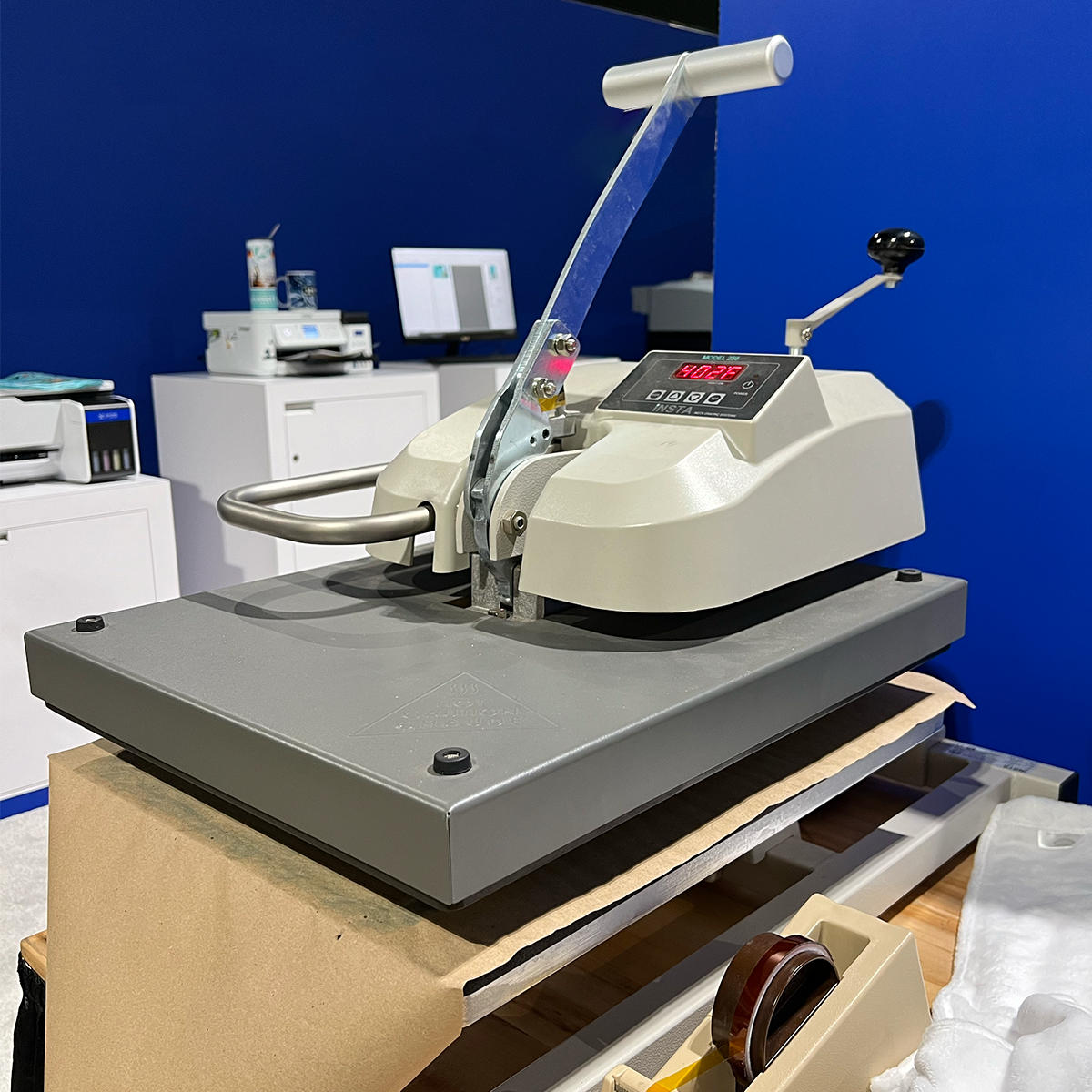In the vibrant world of custom printing, the choice between different printing techniques can significantly impact the outcome of your projects. Two of the most discussed methods in recent times are Direct to Film (DTF) and sublimation printing.
The debate between DTF and sublimation printing techniques is a hot topic among hobbyists and professionals alike. Each method offers distinct benefits and limitations, making the choice between them crucial depending on your project requirements. This blog post delves into the nitty-gritty of DTF and sublimation printing, aiming to shed light on which might be the superior option for your custom printing endeavors.

Understanding DTF and Sublimation Printing
DTF Printing: DTF involves printing a design onto a special film, which is then covered in adhesive powder, dried, and pressed onto the fabric. This technique allows for vibrant, high-quality prints on a wide range of fabrics, including cotton, polyester, and blends.
Sublimation Printing: Sublimation, on the other hand, involves transferring a design from special paper to fabric using heat. The ink turns into a gas and permeates the fabric, becoming part of the material itself. This method is best suited for light-colored, polyester fabrics and results in durable, fade-resistant images.
Comparing DTF and Sublimation on Key Factors
Versatility in Material: DTF takes the lead in versatility. Unlike sublimation, which requires polyester or polyester-coated materials, DTF can adhere to a wide variety of fabrics, including cotton, polyester, silk, and blends. This makes DTF a go-to option for projects requiring prints on diverse materials.
Color Vibrancy and Quality: Both methods produce high-quality, vibrant prints, but the techniques shine in different aspects. DTF prints are known for their brilliant color output and durability on various fabrics. Sublimation excels in creating incredibly detailed and vibrant designs on polyester materials, with the ink becoming part of the fabric for an unmatched fade-resistant finish.
Durability and Feel: Sublimation offers a print that’s virtually undetectable by touch, as the ink integrates directly into the fabric. This results in a more comfortable garment, especially for activewear. DTF prints, while also durable, add a layer to the fabric’s surface, which can be felt but is flexible and crack-resistant.
Ease of Use and Accessibility: Sublimation requires a heat press and specific sublimation printers and inks, limiting its accessibility to those with the right equipment. DTF, although requiring its specific film and adhesive powder, can be more accessible as it does not necessitate sublimation-specific inks for printers, making it a feasible option for a wider audience.
Cost Effectiveness: The initial setup cost for sublimation printing can be higher due to the need for specific printers, inks, and compatible materials. DTF’s versatility with different fabrics may offer a more cost-effective solution for those looking to print across a diverse range of materials without investing in multiple types of inks and papers.
Making the Right Choice for Your Project
Choosing between DTF and sublimation printing boils down to your project’s specific needs:
- For polyester materials and activewear: Sublimation is unmatched in its ability to create vibrant, long-lasting prints that feel part of the fabric.
- For versatility and printing on various materials: DTF offers the flexibility to print on a wider range of fabrics, making it ideal for diverse projects.
DTF vs. Sublimation: You Make the Call
Both DTF and sublimation printing have their places in the custom printing industry, excelling in different scenarios. The choice between them should be guided by the type of fabric you’re working with, the desired durability and feel of the print, and your budget constraints. Whether you’re a hobbyist experimenting with custom prints at home or a professional seeking the best method for your clients’ projects, understanding the strengths and limitations of DTF and sublimation printing will help you make informed decisions and achieve outstanding results.
In the world of custom printing, there’s no one-size-fits-all answer. Your project’s nature, fabric type, and design requirements will dictate the best printing method. By considering the factors outlined above, you can choose the technique that best suits your needs, ensuring high-quality, vibrant prints that bring your designs to life.
Remember, the key to successful custom printing lies in experimentation and learning. Whether you lean towards DTF for its versatility or prefer sublimation for its seamless integration into the fabric, each project is an opportunity to refine your skills and dive deeper into the vast possibilities of custom printing. Regardless of which printing process you ultimately choose, knowing the advantages and limitations of each method can help you significantly improve the outcomes of your printing projects.
